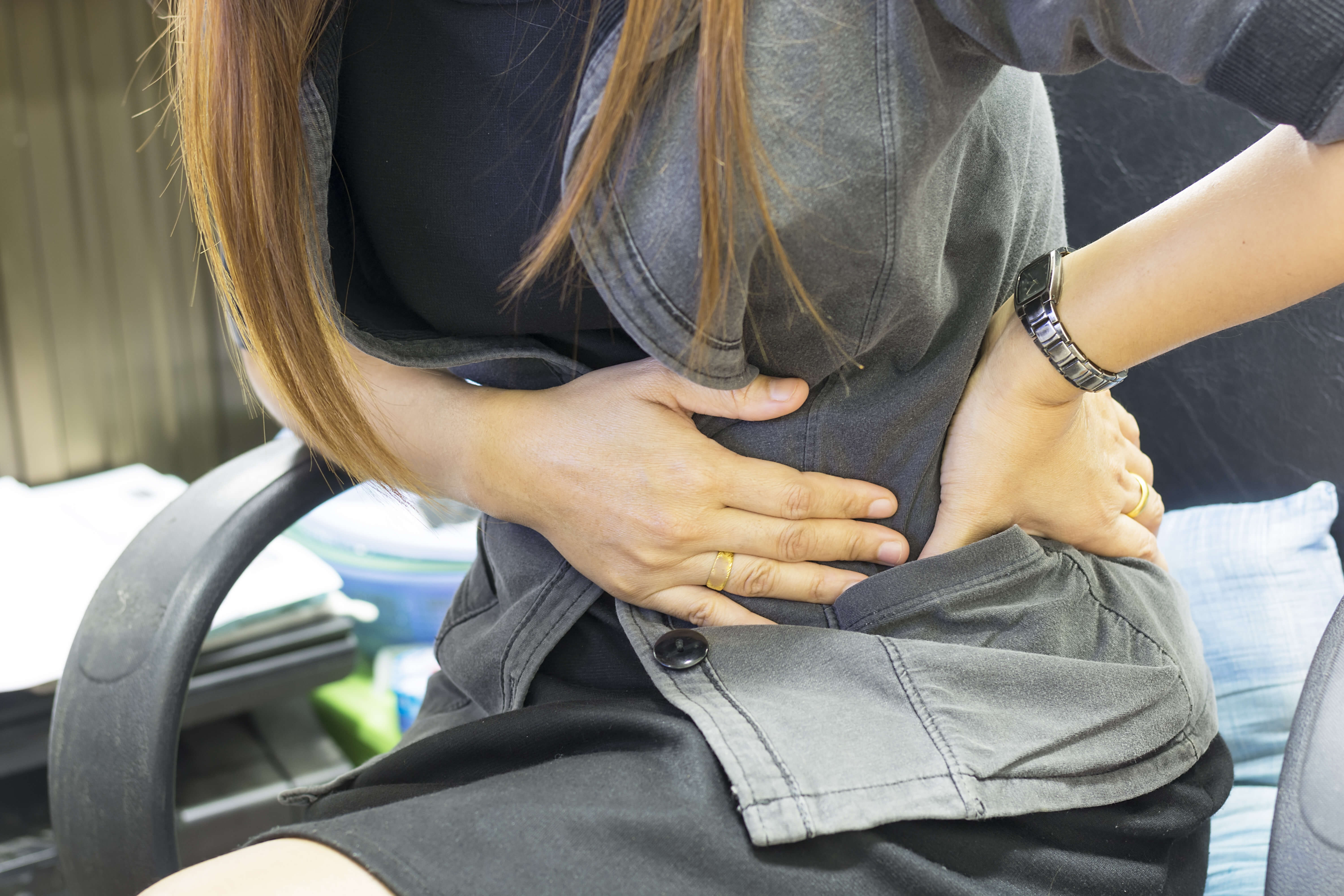The lower part of your torso that connects with the top of your legs comprises many muscles and bones. This area is known as your pelvis.
Your pelvis is responsible for protecting important organs and providing support for your upper body. When one of the muscles, bones or organs in the pelvis is suffering from an injury or condition, you can feel pain in the entire area.
Pelvic pain is not always serious. In women, pelvic pain is a normal side effect of menstruation. Pay attention to the length and severity of your pelvic pain. If you’ve been suffering from pelvic pain for more than a couple of weeks or if the pain is severe, you should seek a medical professional for assistance.
Common causes of pelvic pain
Pelvic pain has several causes that require examination by a healthcare professional. Healthcare professionals have the tools and methods at their disposal for accurately identifying the cause of your pelvic pain. This is important if you ever want to find a treatment for your pain and restoring any loss of mobility you may be experiencing.
Pelvic pain during menstruation and pregnancy is normal, but otherwise, it is the sign of something that requires treatment. Below are some of the most common causes of pelvic pain:
- Urinary tract infection (UTI) — A UTI is an infection that targets the bladder, urethra and kidneys. These are more common in women and are accompanied by symptoms, such as difficulty urinating and pain while urinating.
- Hernia — A hernia is a slippage of tissue or an organ in your abdomen. It is quite painful and is usually identifiable by a lump or bulge near the source of pain.
- Kidney stones — Kidney stones are small buildups of calcium or acid in your kidneys that look like stones. These little stones pass from your kidneys through your urinary tract, which is very painful. This kind of pain usually comes in waves and can be exacerbated when urinating.
- Irritable bowel syndrome (IBS) — Irritable bowel syndrome causes cramping and pain in the lower abdomen. It usually causes bloating, gas, constipation or diarrhea as well. This condition usually passes once you have a bowel movement.
- Appendicitis — A sharp and sudden pain in the lower-right portion of your abdomen may be related to appendicitis. This is a serious condition that can cause nausea, constipation, diarrhea, fever and swelling of the abdomen.
Contact Whatcom Physical Therapy for pelvic pain treatment
Treatments for pelvic pain vary depending on the cause of the pain. Our physical therapists at Whatcom Physical Therapy can help with reducing pain caused by many of these conditions. Strengthening and stretching the pelvic muscles and ligaments can help reduce pressure off the painful areas.
Contact our team today for more information or to schedule an initial appointment.






